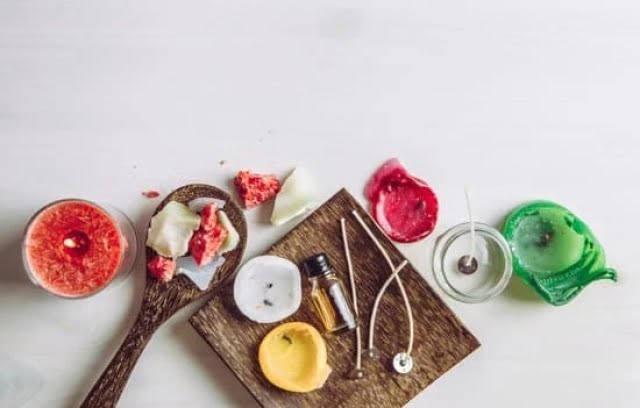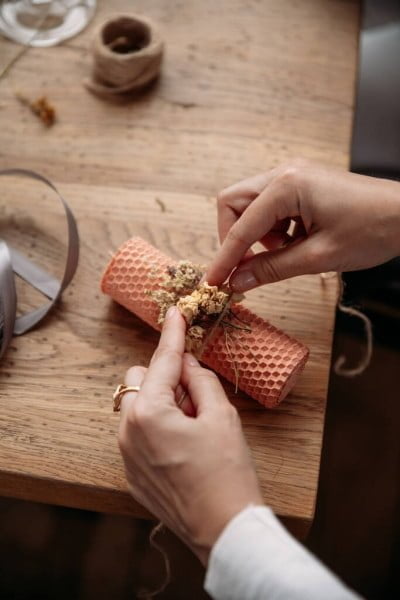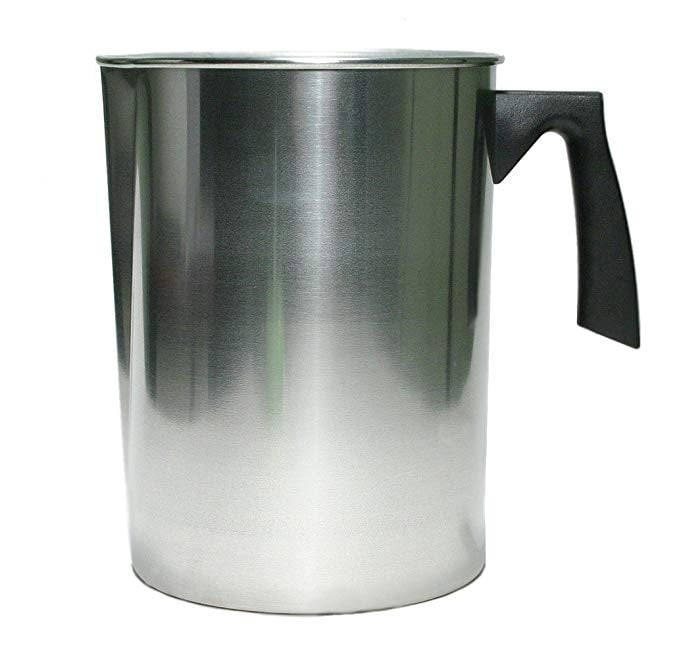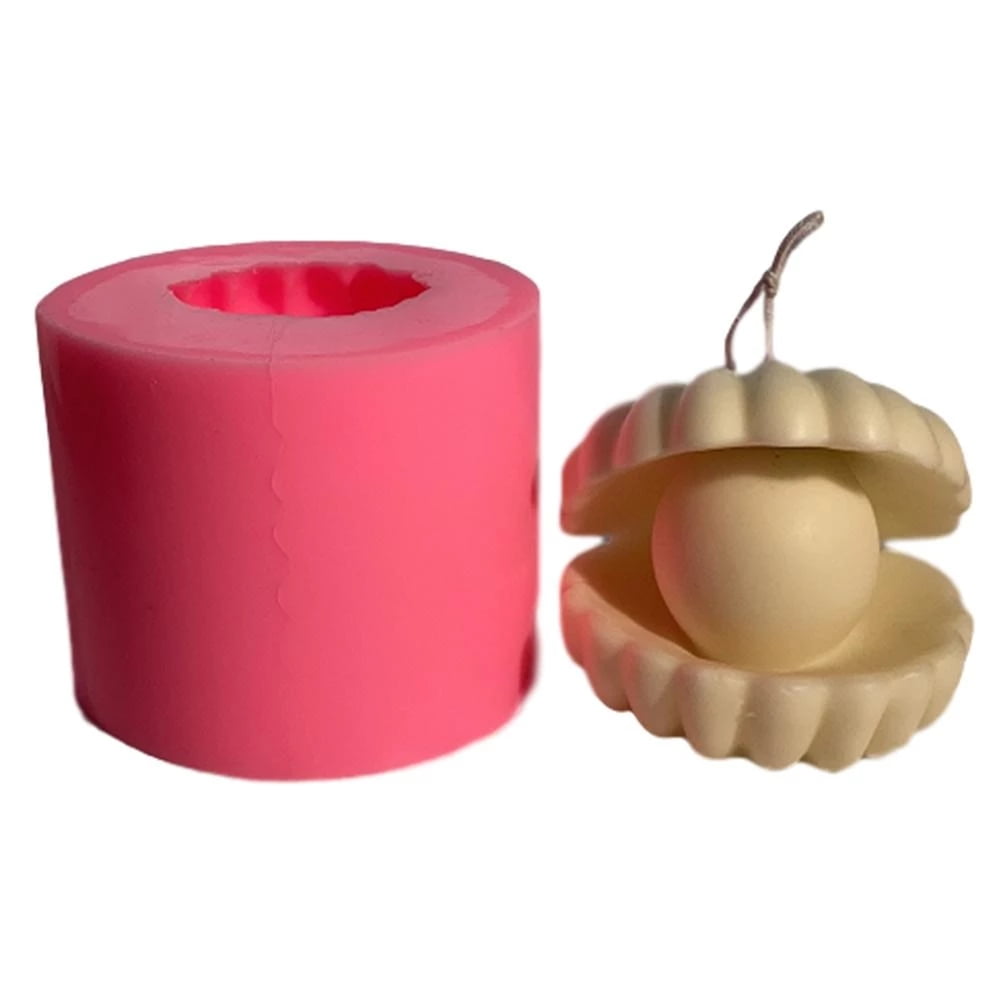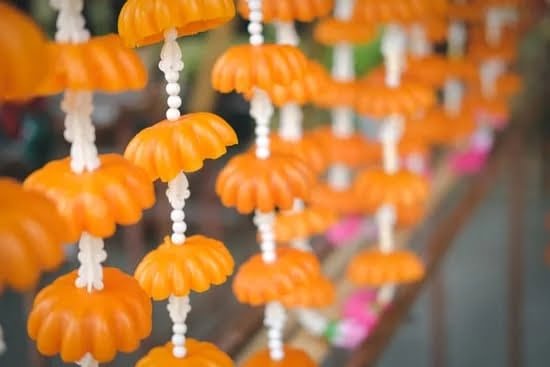Introduction
Lavender is an herb that has been used for centuries to provide a variety of medicinal benefits. It has been widely studied due to its antiseptic, antifungal, anti-inflammatory, and calming properties. Lavender is a popular ingredient in natural remedies and cosmetics and can also be found in various concocted homeopathic medicines and health elixirs. The aroma of lavender is often referred to as relaxing and calming due to its psychological effects. This makes lavender an ideal addition to many relaxation products, such as candles, diffusers, room sprays, bath products, and incense blends.
The lavender flowers are typically dried or infused into oil and then added to wax mixtures for candle making. Candles made with lavender fragrances can give rooms a light relaxed atmosphere that many people find soothing. In addition to the scent it adds alluring visuals when used in poured candles by allowing the flame of the candle to shimmer off of the petals’ delicate details. Furthermore, adding lavender also provides herbal aromatherapy attributes which can help relieve tension from an individual’s mind and body with its healing powers
The Benefits of Using Lavender in Candle Making
The use of lavender in candle making is an ancient practice that has been used for centuries to create candles rich in calming and healing properties. Lavender is known for its calming aroma, which is thought to have the potential to reduce stress levels when diffused or inhaled. Additionally, research conducted at Ruhr-Universitaet Bochum in 2017 has suggested that its scent can also affect brain activity and support a meditative state.
In addition to psychological benefits, lavender has antiseptic and anti-inflammatory properties which can be carried through the flame into the air as a natural room purifier. As outlined by Vanderbilt University Medical Center, studies have shown that it can soothe irritations and infections on the skin due to its ability to slow bacterial growth. It is this powerhouse of healing capabilities that make it such a popular ingredient in homemade candles.
How to Prepare Lavender for Candle Making
1. Gather the supplies – You will need lavender buds (dried or fresh), an eye dropper, candle wax or natural beeswax, wick, and metal wick supports if necessary.
2. Dry the lavender – If you are using fresh lavender, it must be dried first. Place the buds in a thin layer on a screen or dish towel. Allow the buds to air dry for at least two days in a cool area with good air circulation, flipping them over once each day to speed up the process.
3. Prepare the beeswax – Whether you choose natural beeswax in pellet form or wax flakes that require melting and/or blending, they should both be properly prepared before adding your essential oil blends and dried lavender. Heat the wax flake pellets or melted wax until it reaches its pour temperature (between 145-155F). Once ready, stir in your chosen quantity of dried lavender buds using an eye dropper. Make sure the buds are evenly distributed throughout the mixture and not clumped together–this can interfere with flame diffusion and allow for an uneven burning pattern on your candles’ surfaces.
4. Pour into prepped containers – With all of your wax ingredients prepared, it’s time to prepare containers by adding wicks that have been secured with metal wick supports (if necessary). Carefully pouring melted and infused beeswax mixture into each container is best done slowly to ensure even coverage within each jar or tins intended for candle use; this step is important to minimize pooled wax around wicks from forming during candle’s burning stage upon lighting.
5. Allow candles to cool completely – After allowing ample cooling time away from any Drafty areas (4-5 hours) you may find some shrinkage has occurred due to decreasing wax temperatures so topping off containers may be necessary too! Now light up those sweet scented beauties!
Basic Candle-Making Techniques
The basic technique for making a candle requires the use of a wax, wicking and container or mold. Generally, beeswax, paraffin wax and soy wax are most commonly used for making candles but other options may be available depending on the project in mind. The wax is melted at a low temperature to prevent burning or oxidation. Once the desired amount of wax has melted, a wick is selected and inserted into the mold or container where it can remain securely upright while the wax cools and hardens. When choosing a wick for your lavender candle, some natural fibers work best like cotton or hemp; use caution when selecting synthetic fibers as they may produce unnatural scents. The addition of essential oils like lavender will give candles an added scent boost as well as any color dyes you wish to incorporate in your design. It’s important to always follow safety instructions whenever using flammable materials like molten wax!
Advanced Candle-Making Techniques
Swirls: To create a swirl design, simply add strips of wax of different colors to the sides of the container you are using as your mold. Another way to swirl is by adding wax layers of increasing depth.
Marbling: Marbling is created by taking two types of liquid wax and swirling them together. Once the mixture has hardened, it can be used for candlemaking.
Layered Candles: Layered candles are made by pouring multiple layers of wax into the same container with each layer differing from the next in color or content. For instance, adding bits of lavender oil or dried lavender flowers between layers can help to infuse fragrances and give your layered candle unique character and personality.
Multi-Colored Candles: Multi-colored candles are made by pouring different colored layers side-by-side, which creates an interesting pattern when you light the candle. To make sure each layer stays separate, allow one layer to dry completely before pouring another adjacent colored layer over top of it.
Recommended Fragrant Combinations
Lavender is a classic and timeless scent that pairs well with many fragrances. One popular combination is lavender and vanilla – the two together create a light and calming scent. Lavender also works great with citrus scents, such as lemon, lime, or bergamot. This combination creates a more uplifting and energizing scent. Floral fragrances such as rose, jasmine, and chamomile pair beautifully with lavender for both a soothing and luxurious scent. Woody fragrances like sandalwood, patchouli, or palo santo go perfect with lavender for an earthy blend of aromas.
Studies have shown that the combination of essential oils can have a greater effect than just one oil alone (1).Additionally utilizing multiple essential oils in candle making can reduce respiratory irritation from the fragrance (2). Combining essential oils gives formulators more options to create unique customized blends which aid in creating therapeutic blends that can be beneficial to health and wellness (3).
Overall, pairing lavendar with other Essential Oils can help enhance its effects and resulting aroma.
Unique Uses for Lavender Candles
Aromatherapy – One of the most popular uses for lavender candles is in aromatherapy. Burning lavender candles can help to calm and relax the user. The scent is known to soothe anxiety and insomnia, as well as being a natural antidepressant. It can also create a lovely, welcoming atmosphere in your living space.
Decorations – Lavender scented candles are also popular decorations for homes or offices. They provide an inviting, warm ambiance that makes any room feel cozy and homey. The delicate floral scent creates a calming atmosphere that is perfect for unwinding after a long day of work.
Potpourri – Lavender candles can be used to make potpourri, either at home or in the store bought varieties. When combined with other fragrant herbs, the combination of scents creates a unique aroma that is bound to please even the pickiest noses! Similarly, lavender candles can be combined with other scented oils and other items (dried fruit, for example) to make unique candle favors for events such as weddings or baby showers.
Gifts – Lavender candles can also make lovely gifts when packaged nicely in decorative jars or containers. Choose from various combinations of essential oils to customize each gift according to its intended recipient’s needs or preferences.
Wrap-Up
Lavender is a popular choice for candle making. By combining the natural scent of lavender with other scented oils, you can make delightful candles with calming aromas. Lavender also provides a beautiful pale purple hue to wax which complements any home interior. In addition to providing long-lasting fragrances and attractive colors, lavender has antifungal and antibacterial properties, making it a great all-around filler for your candles. If you’re looking for an easy way to create captivatingly scented and colorful candles, consider using lavender in your candle crafting materials today. For more information on how to use lavender properly for candle making activities, as well as where to purchase high quality lavender filled kits for candle making, visit blog posts like “Using Lavender To Create Magical Candles” from The Candle Making Academy or go to your local arts and crafts supply store.

Welcome to my candle making blog! In this blog, I will be sharing my tips and tricks for making candles. I will also be sharing some of my favorite recipes.

